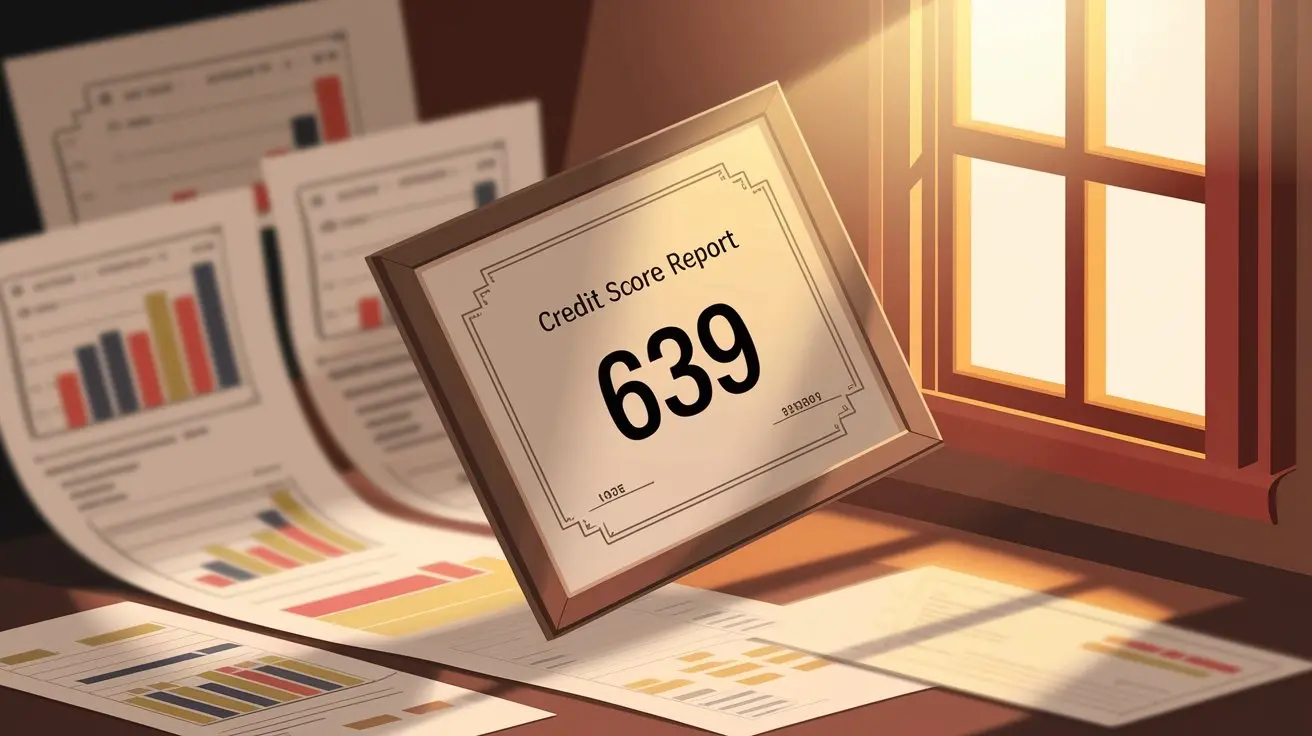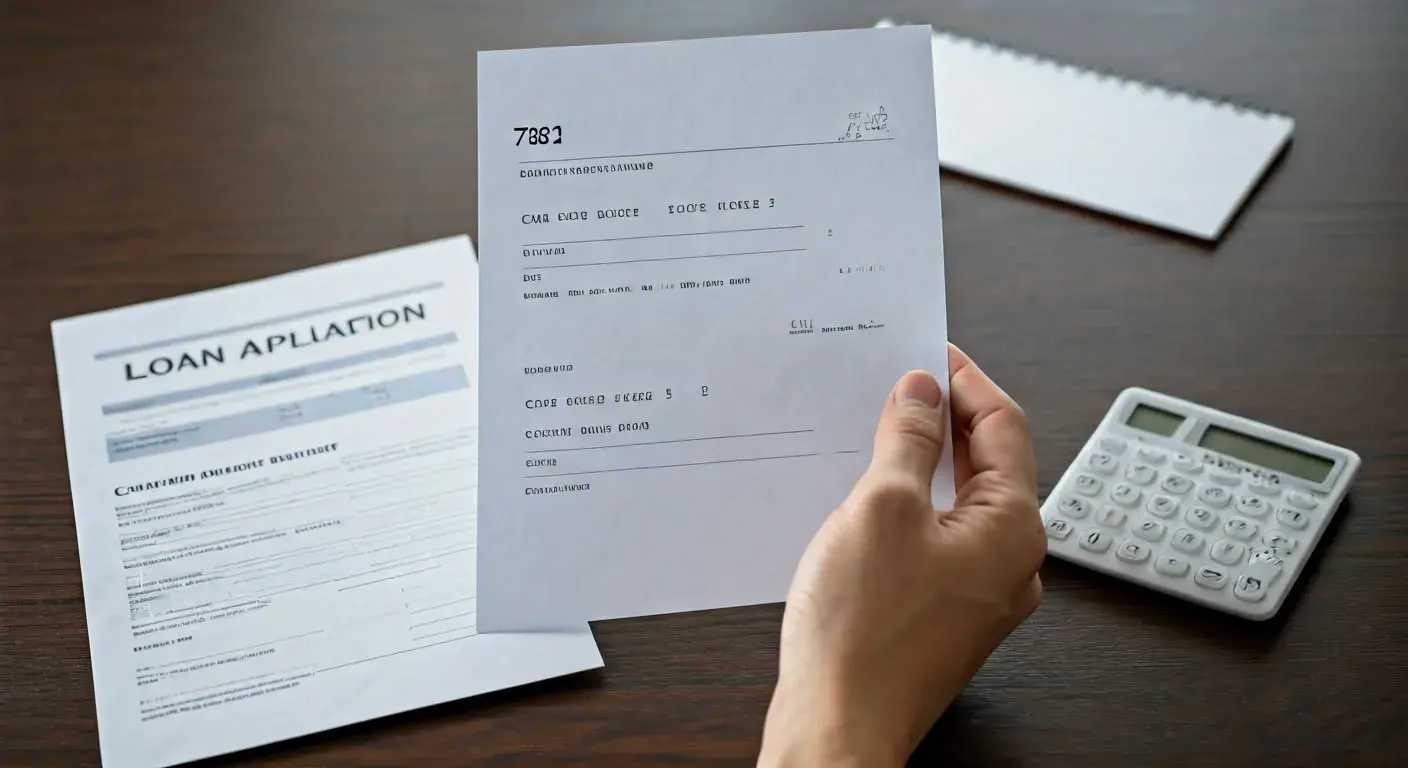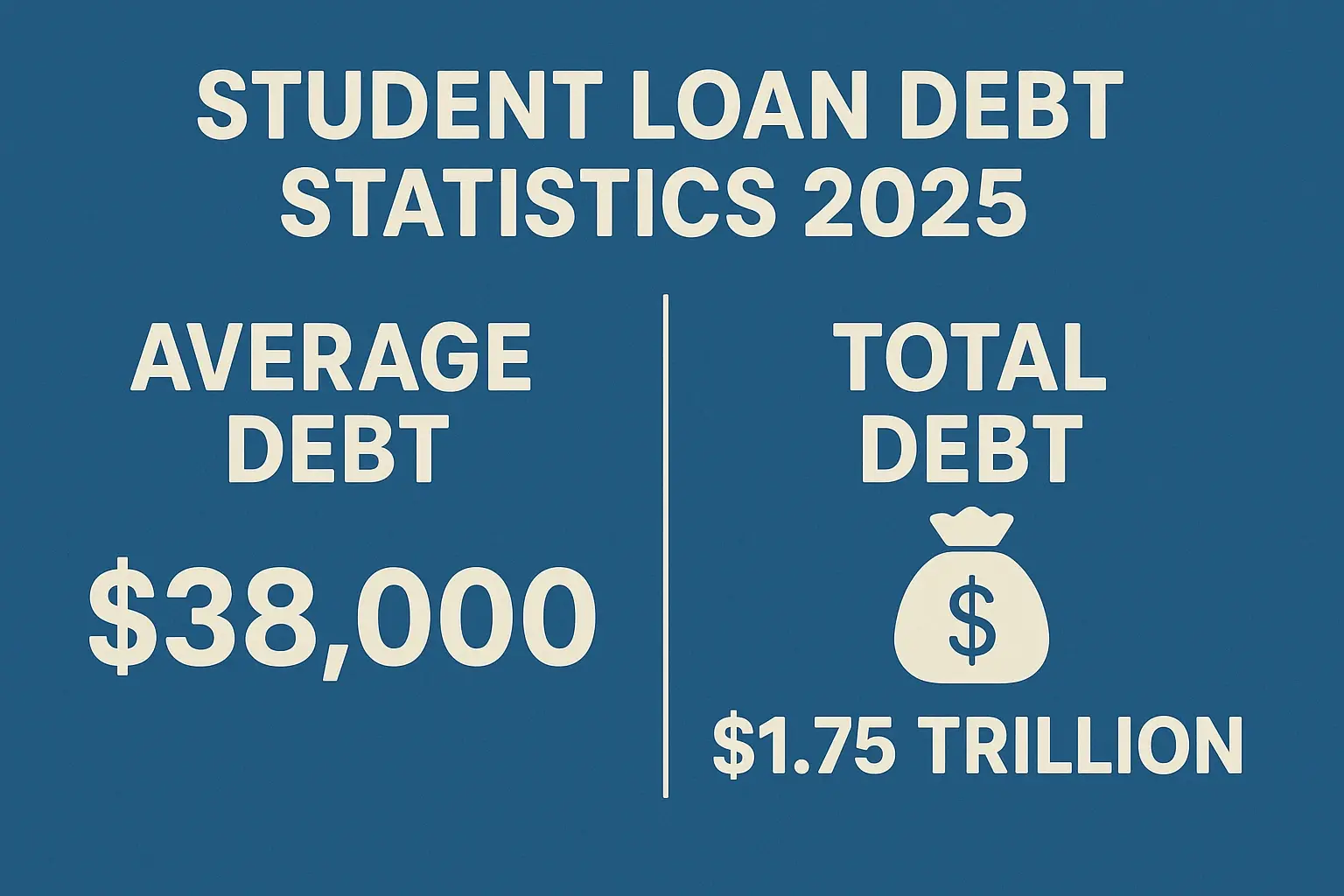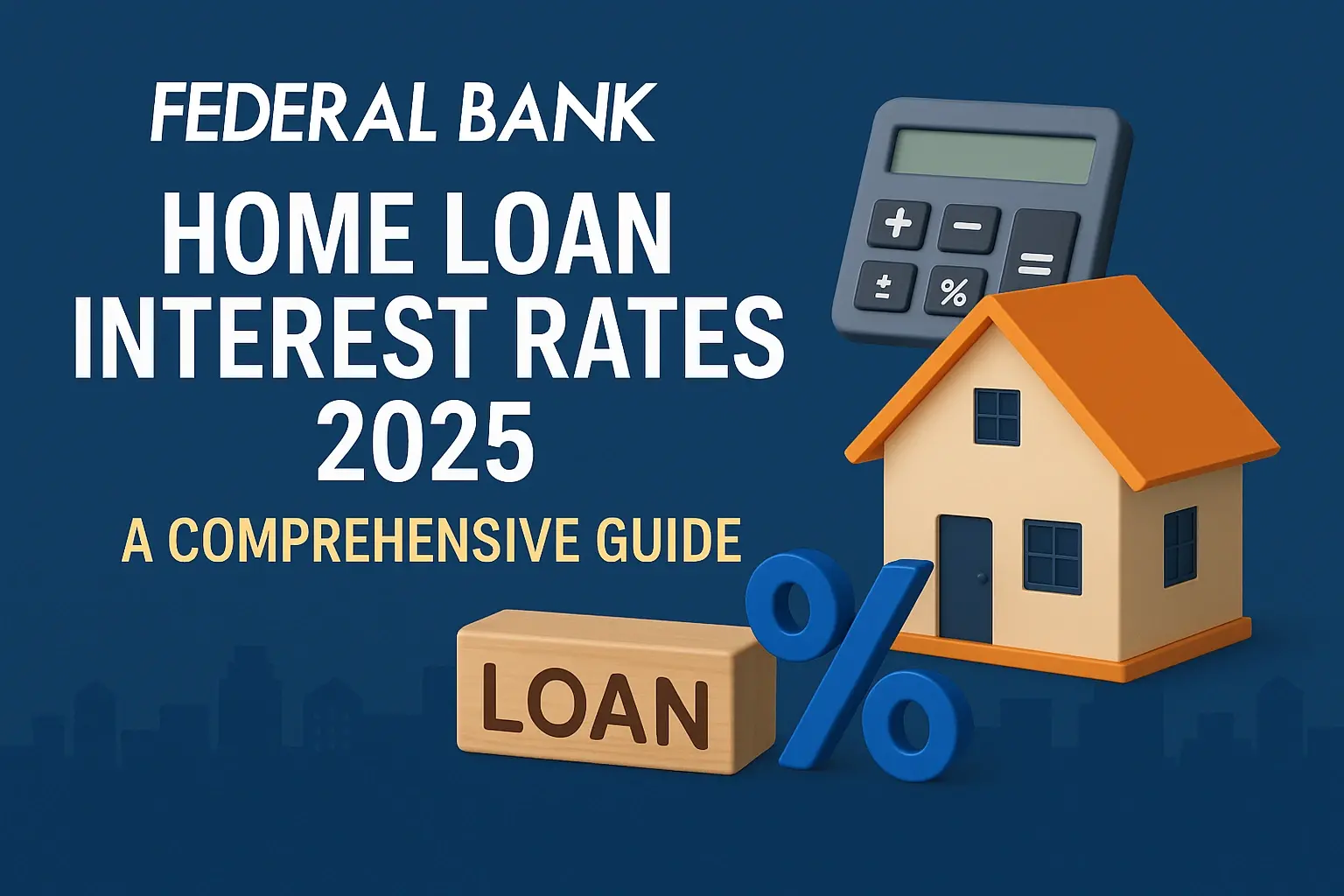-
Posted on: 27 May 2023

-
Managing credit and personal budgets may be difficult in the modern world. Many financial responsibilities and alluring spending options mean that one may easily go into debt and struggle to restore financial stability.
Still, people may properly control their credit and go beyond debt-related problems by adhering to certain financial rules. One such guideline offers useful direction for credit management: the 20/10 guideline.
The 20/10 Rule will be thoroughly discussed in this article along with its description, goals, and working mechanics.
What is the 20/10 Rule?
A financial tool called the 20/10 Rule lets people evaluate their debt and develop a strategy for pay-off. According to the guideline, your monthly payments shouldn't be more than 10% of your yearly net income and your whole debt should not be more than 20% of that. Following this guideline helps people to keep financial stability and avoid excessive debt.
Definition
The 20/10 Rule is a straightforward idea: your monthly debt payments should not be more than 10% of your yearly net income, and your overall debt should not be more than 20% of that. It provides direction for sensible debt management and evaluation.
Purpose
The 20/10 Rule's main goal is to stop people from piling on debt beyond their means. It enables people to assess their financial condition and make wise judgments about their capacity for borrowing and ability for repayment.
How Does the 20/10 Rule Work?
Using the 20/10 Rule calls for three steps: debt assessment, development of a strategy, and change execution.
Step 1: Assessing Debt
First, you have to evaluate your present debt load. List all of your debts—including loans, credit card balances, and other financial responsibilities. Find the entire outstanding debt and run it against your yearly net income. Make sure your whole debt doesn't run more than twenty percent of your yearly net income.
Step 2: Creating a Plan
It's time to develop a repayment schedule after you know exactly how much you owe. Sort your debt according to additional criteria including interest rates. Set aside some of your monthly net income for debt repayment so that your whole monthly payments don't run more than 10% of your net income. To speed up your debt pay-off, think about using the debt avalanche or debt snowball techniques.
Step 3: Implementing Changes
Having a payback schedule helps you to make required lifestyle and expenditure modifications. Cut extraneous costs, boost your income from other sources, and steer clear of new debt. Using these adjustments will enable you to stay on target and meet your financial objectives.
Benefits of Using the 20/10 Rule
For those trying to properly handle their credit, the 20/10 Rule provides several advantages:
- Simplicity: The regulation offers a clear, understandable direction for application.
- Limiting your debt to a fraction of your income can help you to keep control over your financial responsibilities.
- Financial Stability: Following the 20/10 Rule helps you to be financially stable and enables you to satisfy your debt without undue worry.
- Debt Repayment Focus: The guideline guides you in organizing your debts and concentrating on the methodical pay-off of them.
Potential Drawbacks
Although the 20/10 Rule is a good guideline, one should be mindful of the negatives:
- Individual Variations: Everybody's financial status may vary hence the guideline may not apply to everyone.
- Flexibility: Following the regulation exactly might limit your borrowing capability, especially in special circumstances.
Tips for Successful Implementation
Think about the following to maximize the 20/10 Rule:
- Make a budget to monitor your income and spending so you may make sure you have the required money to pay back debt.
- Practice financial discipline by cutting off impulsive buys and unneeded spending.
- Review your financial circumstances often to modify your debt-repayment schedule as necessary.
Real-Life Examples
Let's consider a few actual cases to better grasp the useful implementation of the 20/10 Rule:
- John's yearly net income is $50,000, to start. The guideline states that his monthly payments should not be beyond $416 and his overall debt should not be more than $10,000. John may evaluate his present debt under this direction and make the required changes to reach financial stability.
- Two more examples: Sarah's monthly net income is $3,000. Her monthly debt load should not be more than $300 if she follows the 20/10 Rule. Sarah can properly handle her credit and aim to be debt-free by designing a debt payback schedule and adjusting her way of living.
Conclusion
Those looking for debt control and credit direction will find a great use for the 20/10 Rule. Following this guideline helps people evaluate their debt, design a sensible payback schedule, and apply required adjustments to preserve their financial stability. Recall that good credit management is mostly dependent on your awareness of your financial status, debt prioritization, and wise judgments on borrowing capacity.
Credit issues? We have the solution—call (888) 803-7889 for immediate help!
Faq
Q: Can the 20/10 Rule be applied to any type of debt?
A: Yes, the rule can be applied to various types of debt, including credit card debt, loans, and other financial obligations.
Q: Is it possible to modify the 20/10 Rule based on personal circumstances?
A: Absolutely. While the rule provides a general guideline, individuals can modify it to suit their unique financial situations.
Q: What if my debt exceeds the recommended percentages in the 20/10 Rule?
A: If your debt exceeds the recommended percentages, it's essential to reassess your financial situation and take necessary steps to reduce your debt burden.
Q: Can the 20/10 Rule help improve my credit score?
A: While the 20/10 Rule primarily focuses on debt management, by effectively managing your credit, you may indirectly improve your credit score over time.
Q: How frequently should I review and adjust my debt repayment plan?
A: It's recommended to review your debt repayment plan periodically, especially when there are significant changes in your financial situation or income. Stay proactive to ensure you're on track toward your financial goals.








